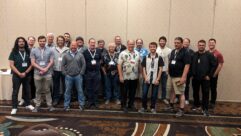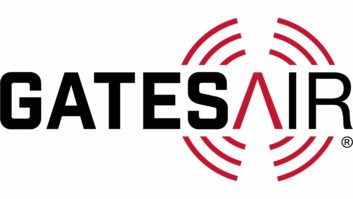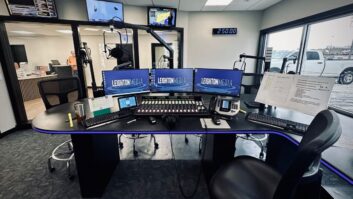Despite an 80 mile separation, California stations KCSN(FM) and KSBR(FM) have struggled with mutual interference, until recently.
Both broadcast on 88.5 MHz — the former from California State University campus in Northridge and the latter from Saddleback College in Orange County — and a transition to an SFN with Intraplex IP networking solved its Los Angeles interference problem.
KCSN opted for an SFN architecture that provided a “seamless transition” between the KSBR, KCSN main and a KCSN booster in Beverly Hills transmitters using a GatesAir Intraplex IP Link MPXp codec with integrated Intraplex SynchroCast technology to simulcast and time-lock the signals, according to GatesAir.
“The only solution was to join forces with a common format, and have the same program broadcasting from all transmitters,” KCSN Technical Director and Chief Engineer Michael Worrall said in a press release.
“The MPXp allows us to originate the baseband signal at our Northridge studios, and duplicate that signal within the codec, maintaining strict control of signal levels and phase across the network,” said Worrall.
Worrall says the technique “gives us a simultaneous analog MPX composite output to route program audio to our backup transmitters, which aren’t yet capable of accepting an AES192 digital stream. We can do this all from one codec, and without the burden of adjusting audio levels in T1 frames to match modulation levels. The MPXp keeps those modulation levels identical, which eliminates the noise floor for the cleanest signal for our listeners.”
Worrall migrated KCSN from a T1 architecture to IP in part because it provided “lower monthly costs, reduced capital investment and support for a transparent AES192 digital multiplex composite signal.”
The migration from T1 to IP has also saved the operation about $1700 each month, which uses a very wide-bandwidth, private Ethernet service from AT&T to accommodate all signal networking.












